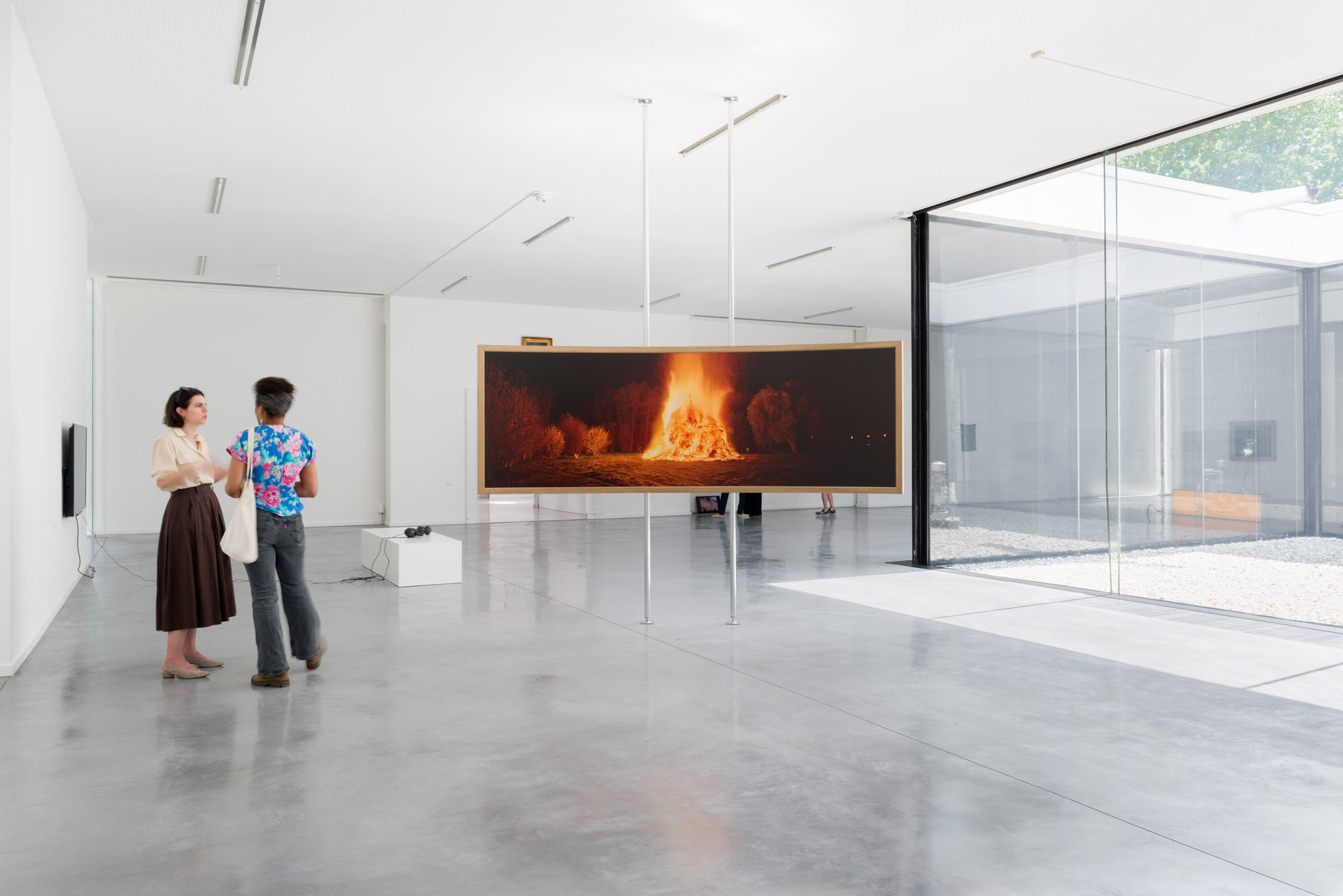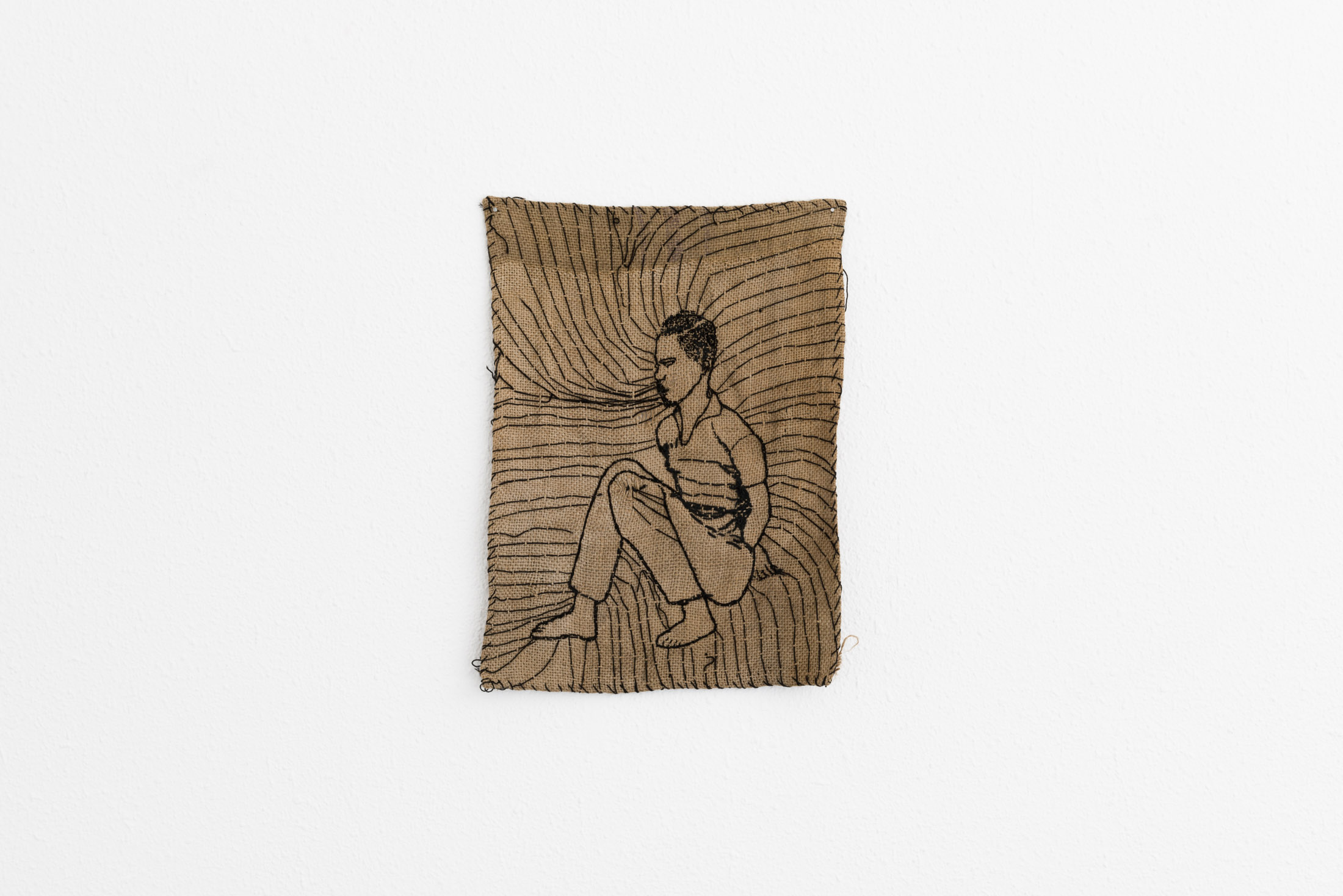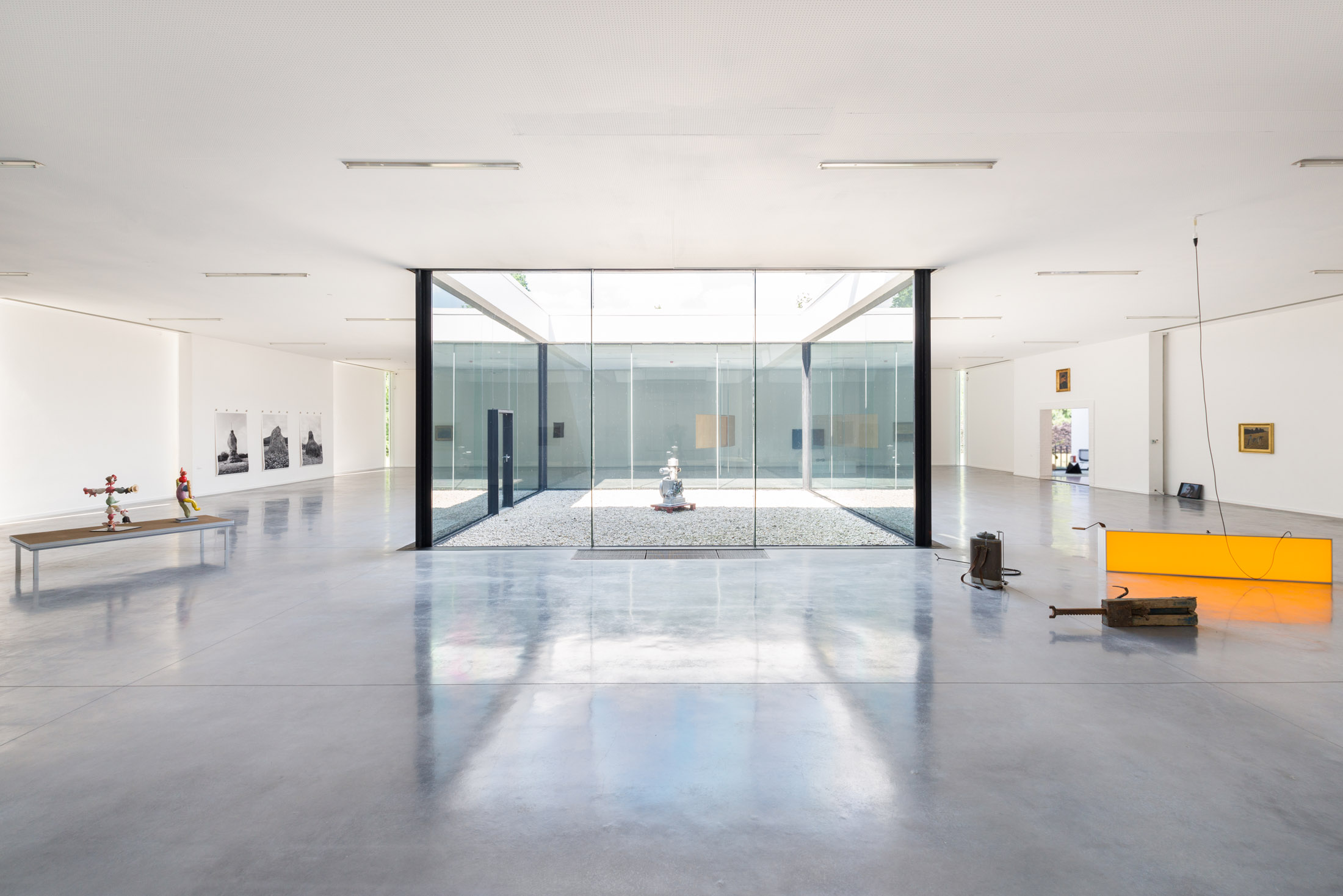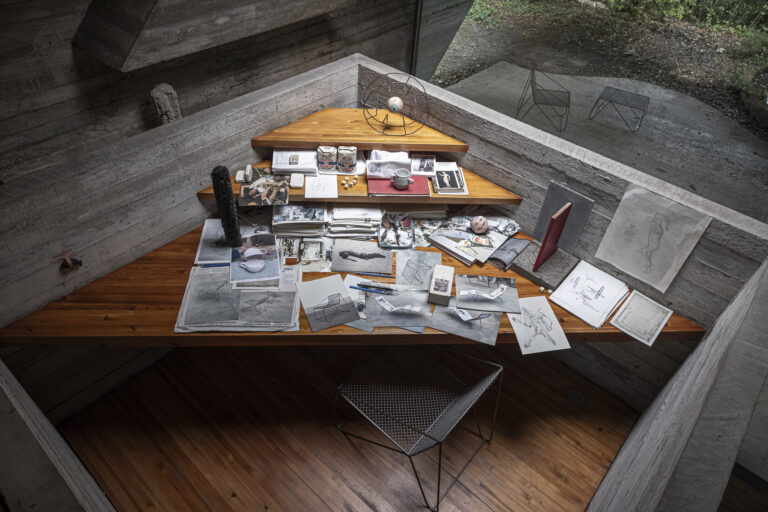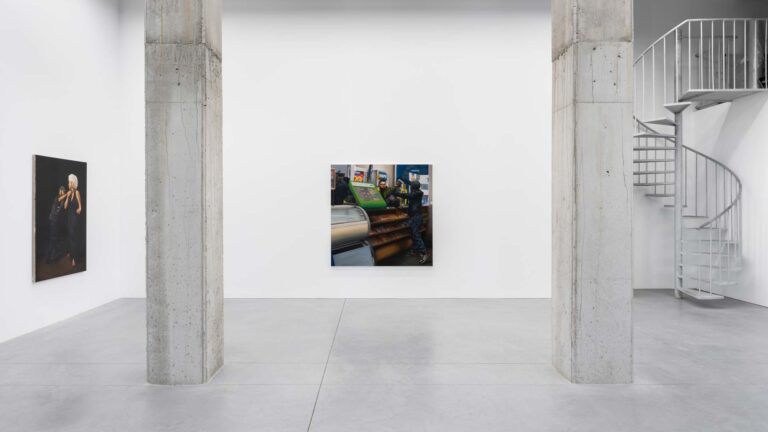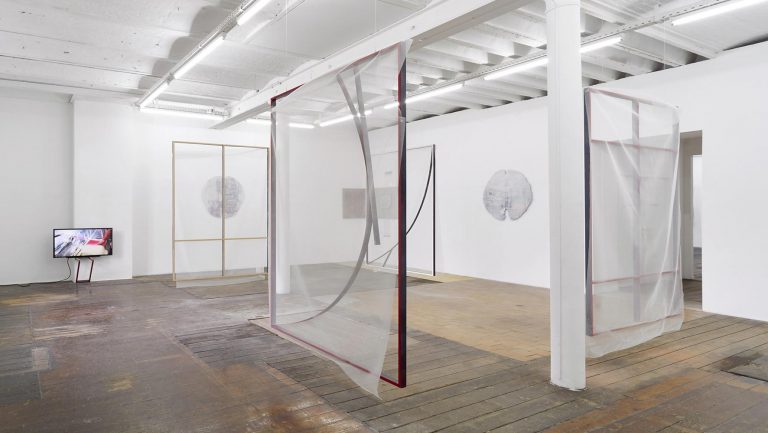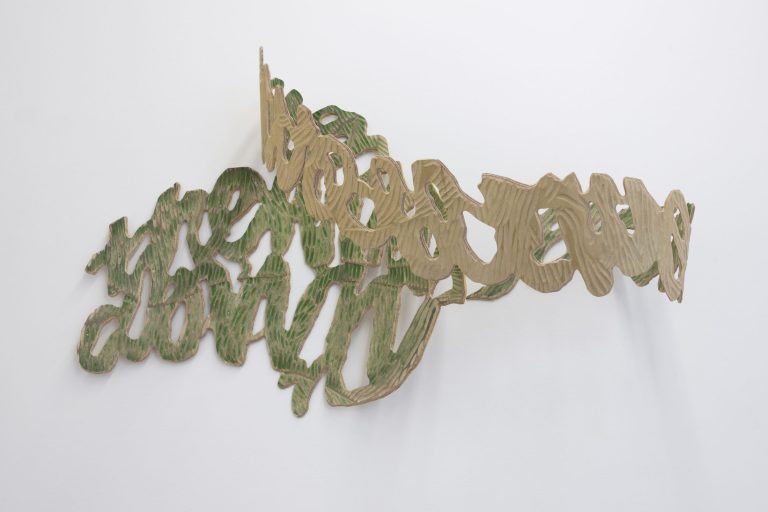Artists: Simon Boudvin, Andrea Büttner, Cercle d’Art des Travailleurs de Plantation Congolaise, Timo Demollin, Jean-Luc Godard, Dionisis Kavallieratos, Ives Maes, Lala Meredith-Vula, Jamilah Sabur, Allan Sekula, Marie Voignier, Gustave De Smet, Hubert Malfait, Constant Permeke, Albert Servaes, Gustave Van de Woestyne
Exhibition title: Fruits of Labour
Curated by: Laurens Otto
Venue: Museum Dhondt-Dhaenens, Deurle, Belgium
Date: June 11 – August 20, 2023
Photography: ©Lola Pertsowsky / images copyright and courtesy of the artists and Museum Dhondt-Dhaenens
Note: Exhibition’s booklet is available here
Fruits of Labour posits that any depiction of a landscape is primarily a depiction of labour. Since both ‘land’ and ‘labour’ are politically and culturally heavily loaded subjects, an artwork that captures this tension tests the possibilities of representation itself. Representation has both a political and an aesthetic meaning – the representation of landscapes is subject to both.
Ever since the 15th century, landscape painting has been a dominant genre within visual art. Originating from the Dutch landschap, ‘landscape’ is not a substitute for the term ‘nature’. It designates both a type of terrain that has been shaped by human intervention and an image that unfolds from the viewer’s vantage point. The tradition of landscape painting is thus not only the depiction of an (artificial) idyll but also a genre that is crucial to consider what labour is – how it simultaneously shapes people and land.
In the immediate vicinity of MDD, around the turn of the 19th century, several artists migrated from the city to Latem to capture the social and artistic promise offered by the countryside and, more specifically, peasant life. Why this obsession with ‘land’, though? For the painters who settled in Sint-Martens-Latem, the notion of landscape stood in opposition to that of the city, as an antidote to the chaos of urban life and the sprawl of technological developments. For these painters, this landscape had a religious (or at least moral) component: the land – and, by extension, the farmer – symbolised “authenticity”: the honesty of hard work and the perspective of a simpler life. The different groups of artists who depicted the Leye region produced images that seem almost Arcadian: they are a sublimation of the portrayal of farmers and the land that they cultivate. Since the land is never fixed, neutral, or natural, neither is its depiction.
Fruits of Labour examines the forms of labour that are embedded in works by contemporary artists who consider landscapes in a time when the traditional idea of ‘landscape’ has come under increasing ecological pressure, to the extent that human-induced changes are becoming irreversible.











